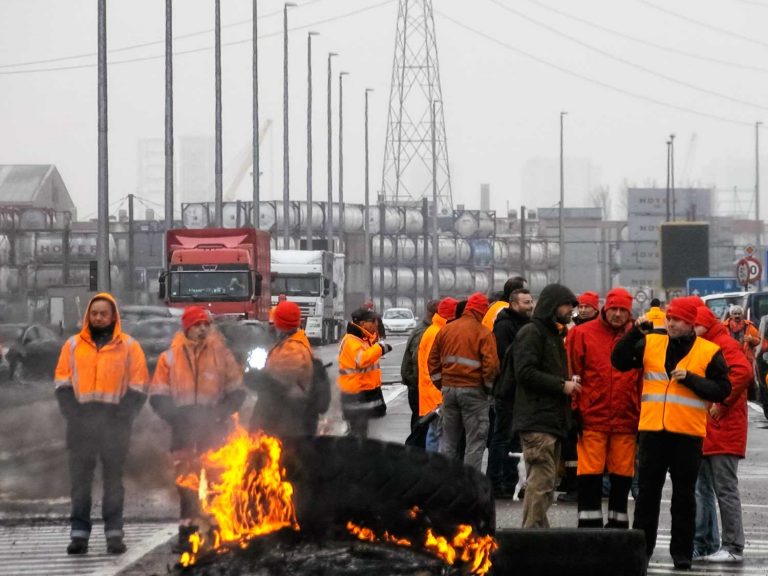
Date:
The shipper’s new normal
The rapidity of the collapse in air and sea freight rates has given carriers the same level of trauma and shock experienced by shippers when freight rates exploded in 2021 and while the turnabout in the market was anticipated, its intensity and extent is far greater than expected, with shippers very much back in the driver’s seat.
The pandemic triggered supply chain disruptions of the last few years were particularly profound and far outside anything we might expect and while we should not expect new challenges or disruptions to have anything like that impact again, there will always be competitive pressure in the market, that will create capacity issues and rate fluctuations.
Many commentators describe the return of ocean freight rates to pre-pandemic levels as a ‘return to normal’ but 2019, which is often taken as a reference year, was a bad year for shipping company results on East-West routes and carriers’ operating costs have increased by about 30%.
A real ‘return to normal’ would require a return to schedule reliability, normal sailing speeds and freight rates at sustainable levels, to support long-term planning.
None of these three conditions currently applies on the major trade lanes and therefore, it is, incorrect to talk about a return to normal, in these terms.
And it is important to keep in mind that a normal freight market is not the same as a global shipping market with no changes or disruptions.
There will always be challenges and operational disruptions.
In the United States, we may have avoided strike action on the US West Coast (subject to ratification), but labour negotiations in Vancouver have failed to avert an ILWU Canada strike, which began on the 1st July, with no end date announced and a drought on the Panama Canal has been impacting container vessels transiting to the US East Coast.
Just as operational disruption will manifest anywhere, at any time, there is always a point in global supply chains that is being impacted by adverse weather conditions, such as storms or fog.
It may not feel like it, but all things considered, the markets are much more normal and maybe this will be as good as it gets for the short-term.
It is because businesses need to thrive against this backdrop of a complex supply chain environment that our MVT platform provides end-to-end visibility, with purchase order management and transparency of inventory throughout the supply chain.
Synchronising inventory across all transport modes and locations, with accurate real-time dashboards and reports, MVT provides supply chain executives with the data they need to assess and react to operational challenges.
Please EMAIL our Chief Commercial Officer, Andy Smith, for ‘normal’ insights and intelligence.
